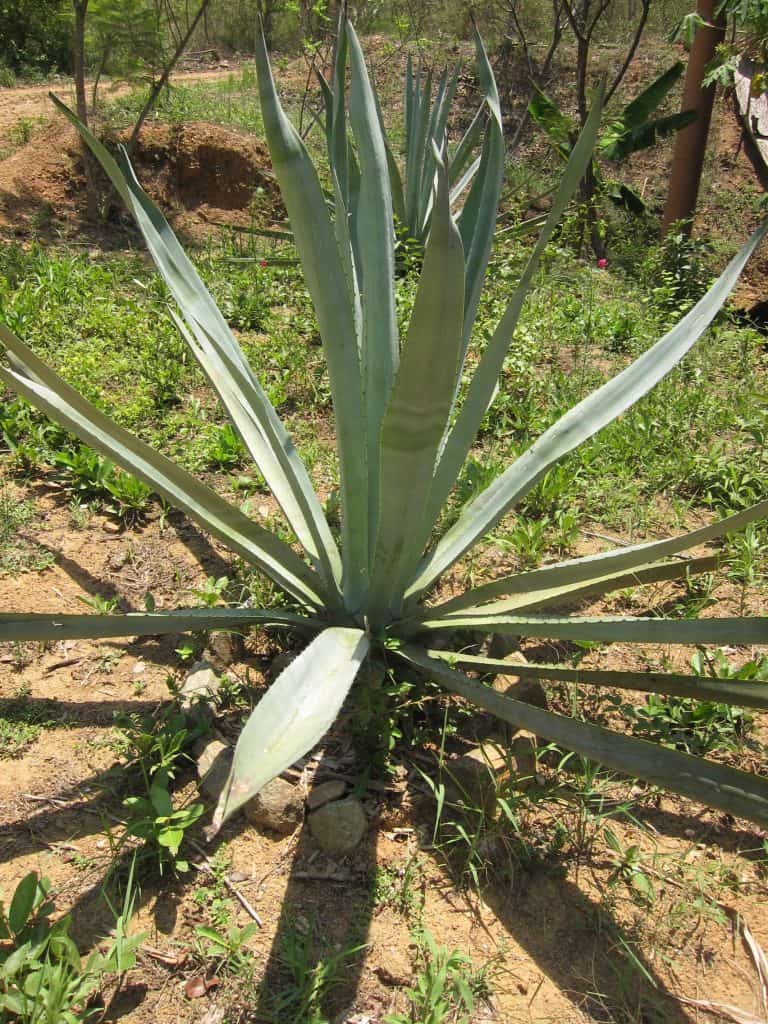
What is a penca? In the mezcal world, a penca is the leaf of the agave. These fleshy leaves are chopped off to get to the heart of the agave, or piña, which is so essential to mezcal.
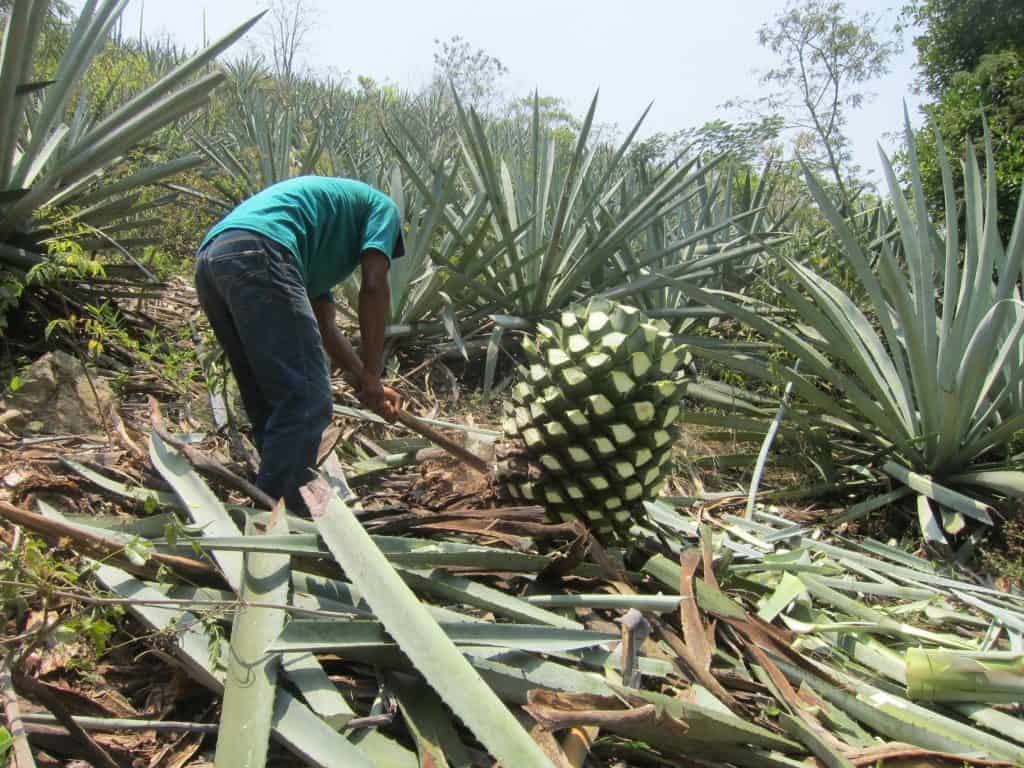
Penca is one of those fantastic wandering words in Spanish that has picked up a number of connotations. It translates as “main rib” in a botanical sense and is used to describe the ribbing in vegetables like cabbage and spinach. In Mexico, it’s also used to describe the pad of a prickly pear cactus. In Chile it’s used for “prick,” and I don’t mean to prick your finger… In Spain it can mean “big nose” or “a chicken’s rear end,” the area colorfully known as a “parson’s nose” in Oxford English.
Agave pencas have more uses than the word has meanings. Like all things in the Mexican universe, a penca is never just a penca. It doesn’t just get cut off the piña, lie inert and decompose. Once shorn the penca becomes integrated into a wide web of functions. Turn the dried leaves over and they become roofing titles. The sharp tips double easily as needles, spikes on weapons, and fishing hooks. If you shred the pulp, you get fibers that can be used for rope and cloth. Dried pencas become fuel.
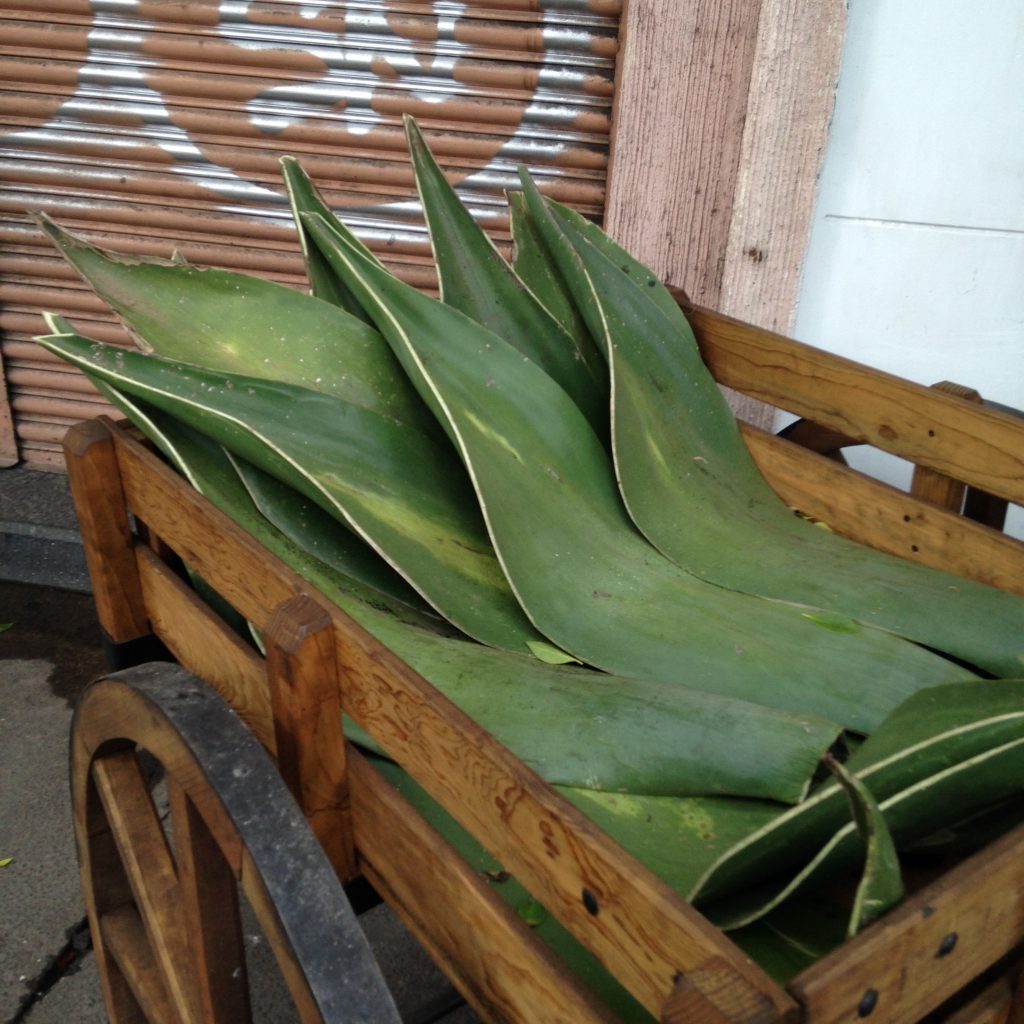
Most germane to the mezcal world, pencas can be used as internal condensers, while the tips are used as spouts on Filipino stills.
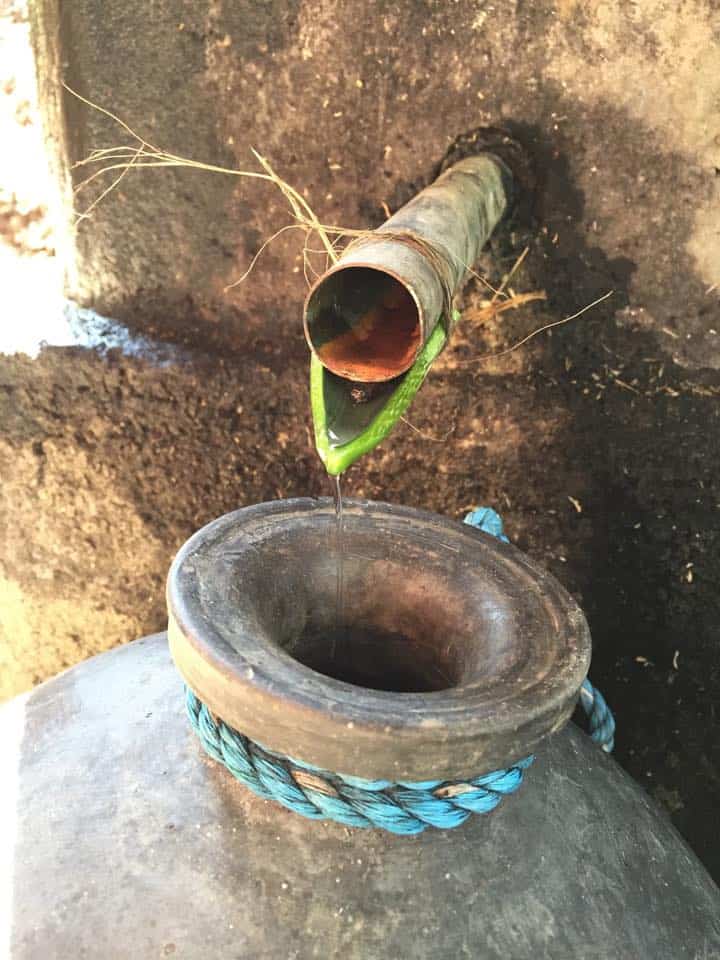
The spikey leaves also feature heavily in Mexican art. The serrated edges add texture to Omar Hernandez‘s ceramics, and they’re always popping up in paintings, drawings, and even textile designs.
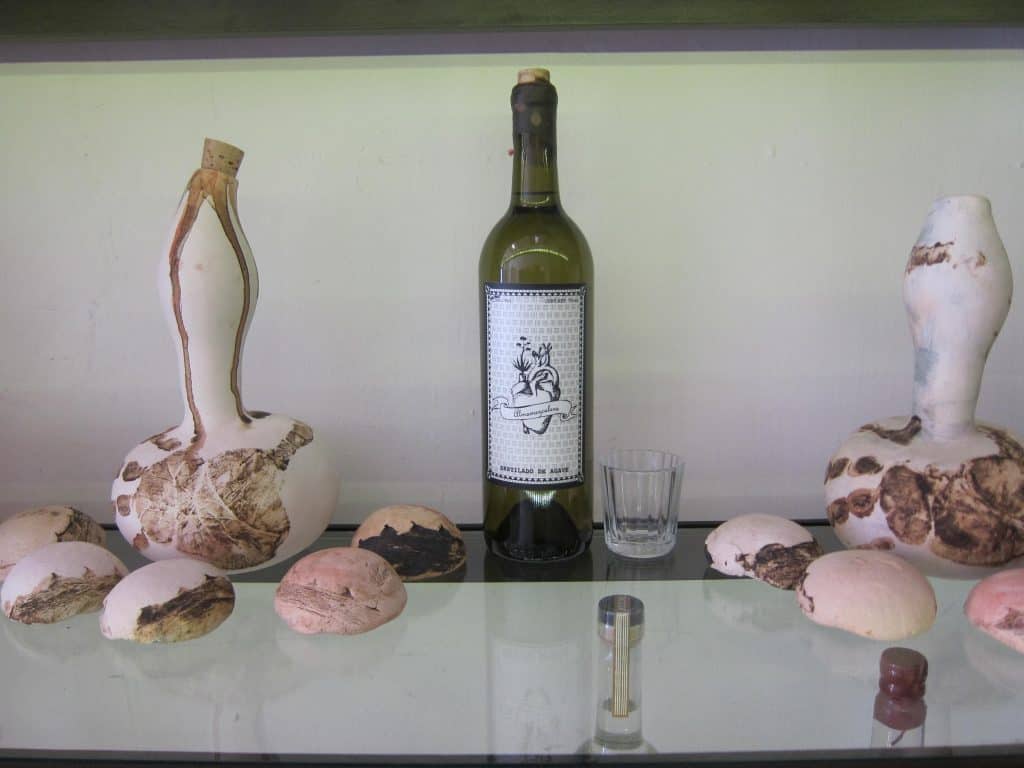
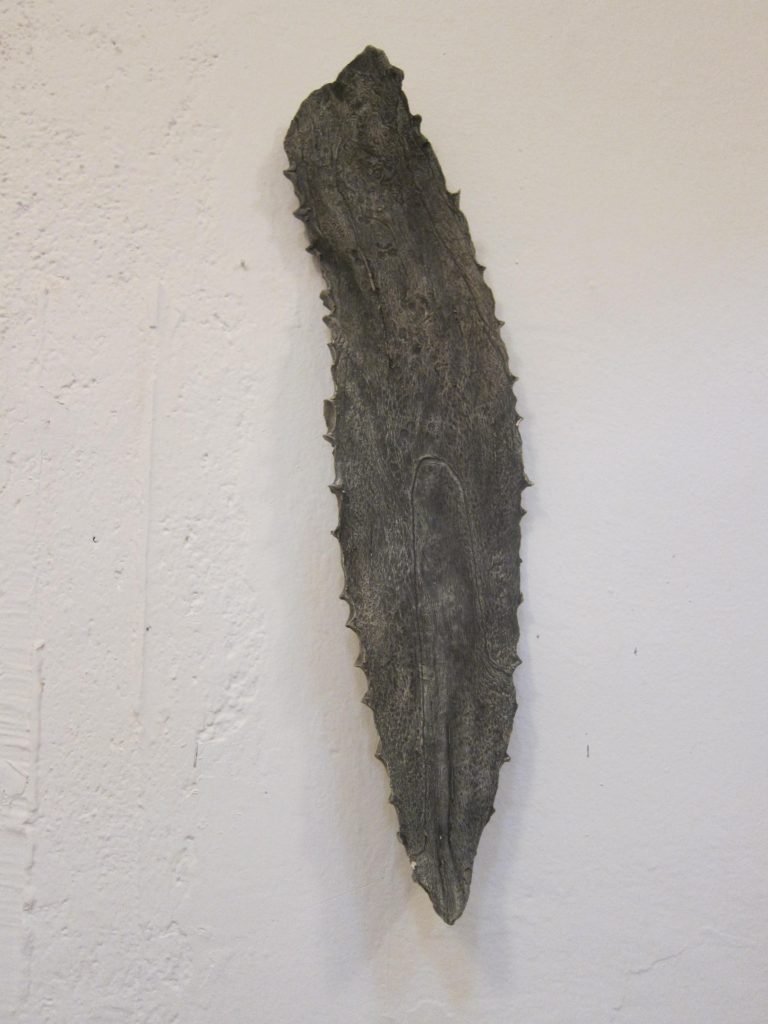
Read more of our entries in the Mezcalistas Encyclopedia of Mezcal and email us questions or ideas for future entries.

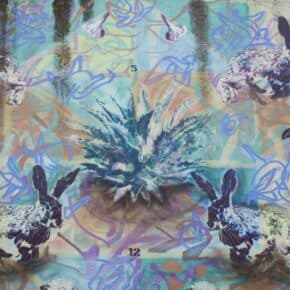
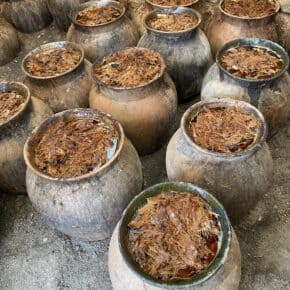









Leave a Comment